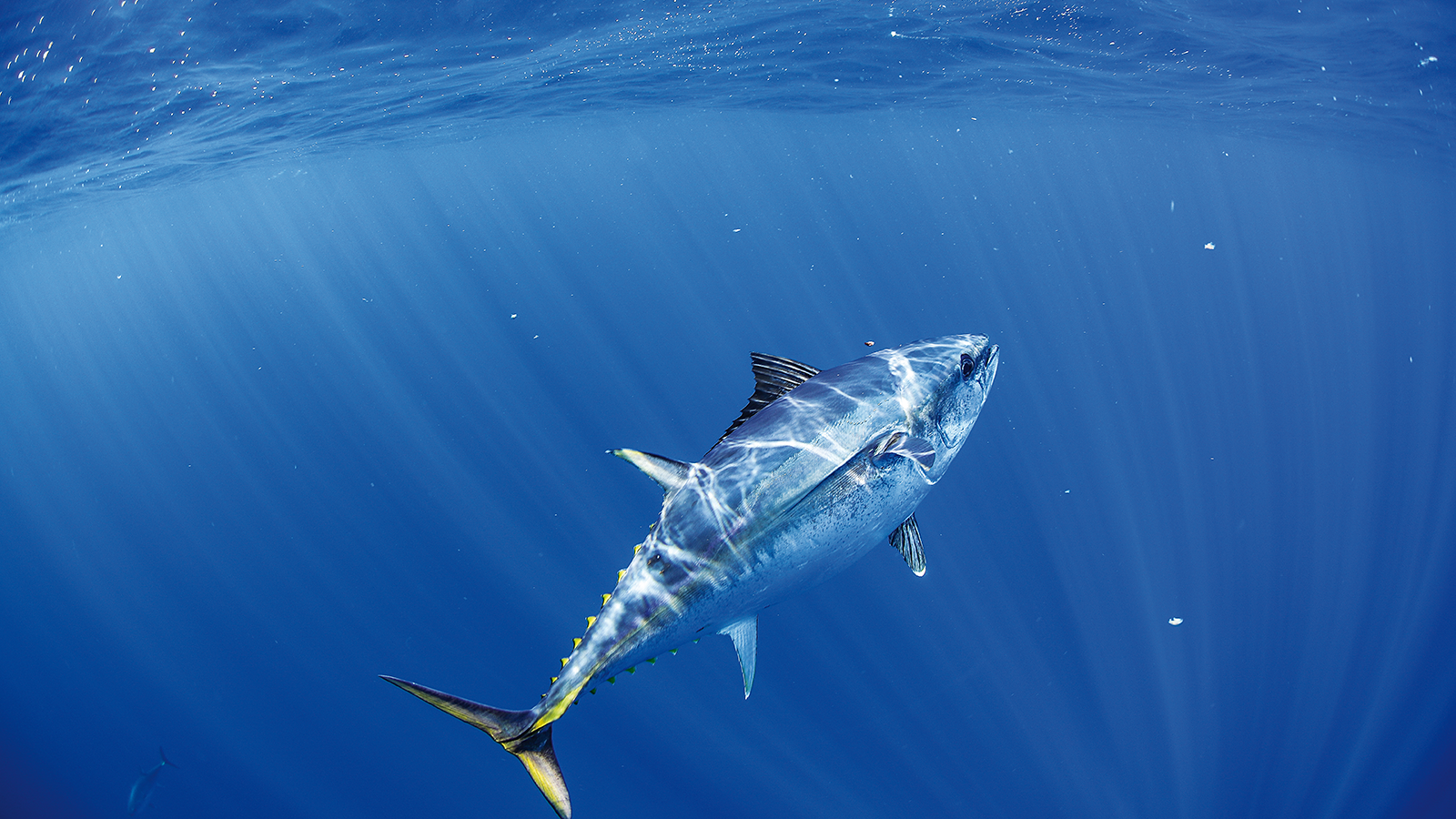A new, simple and quick solution to the ambiguity of current measures of shell wear is to quantify shell hardness with a durometer, which is a small, hand-held device originally designed to measure the flexibility of plastic sheeting (Hicks and Johnson, 1999). This system of standardisation has recently been introduced in Alaskan crab fisheries. Before these devices can be used for Australian rock lobster stock-assessment, a series of short experiments are needed to calibrate hardness reading to the moult cycle. These experiments will allow future research sampling to record more useful measures of moult stage and thus provide more effective stock assessment.
This calibration will have immediate application in Tasmanian research for assessing the effect of September and November harvests on mortality of discarded lobsters. Processors in both South Australia and Tasmania anticipate that this project will provide a valuable tool for industry to use in setting acceptable levels of shell hardness for the landing of export-grade lobsters. That is, fishers will be able to establish a quantitative shell hardness grade that a processor will accept prior to landing the catch. This eliminates the current problem of the landing of lobsters that are ambiguously classed as “hard” by a fisher but “soft” by a processor – with resultant negative impacts on economic yield and markets.
Hicks, D. and Johnson, B.A., 1999. A device to measure shell hardness of Dungeness crabs and trial application in the Kodiak Island, Alaska, commercial fishery. Nor. Amer. J. Fish. Man. 19: 581-590.





